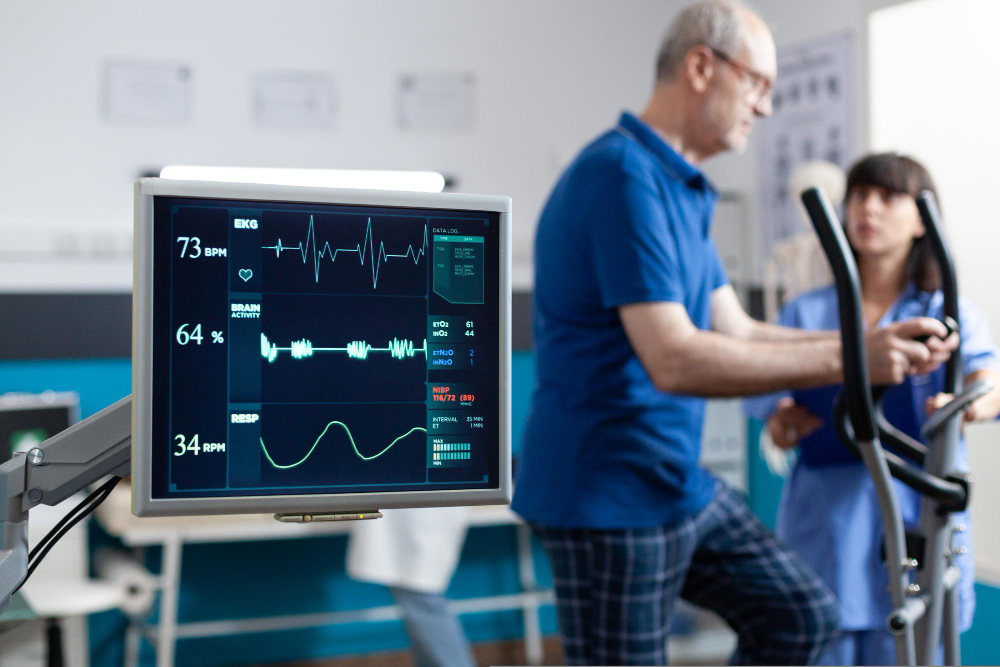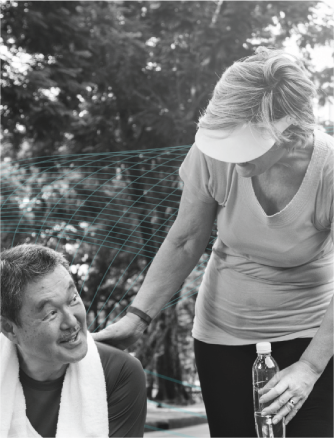Ever had a strange flutter in your chest and wondered if it meant something serious? You’re not alone. Many heart symptoms are intermittent, appearing and disappearing without warning. Some people don’t feel symptoms at all, especially in the early stages of heart disease. That’s why diagnosing heart issues can be so tricky and why tools like the heart patch monitor are changing the game.
Take the American Heart Association’s latest campaign, for example. One story highlighted a marathon runner who felt perfectly healthy but was unknowingly living with an irregular heartbeat. A cardiac monitor patch picked it up during her training, giving her a chance to get the right treatment early. She’s still running strong today! We’ll explore more about the benefits of heart monitoring with a cardiac monitor patch throughout this blog.
What is a Heart Patch Monitor?
A heart patch monitor is a high-tech, wearable device that sticks to your chest and records your heart’s electrical activity. Cardiac monitor patch devices are designed to be unobtrusive so you can go about your everyday life with reassurance that your heart is being monitored, whether you’re working, sleeping, or jogging. Unlike traditional outpatient monitors that only track your heart for 24 to 48 hours, these heart patch monitor devices collect round-the-clock data for up to 30 days. Cardiac monitor patch devices are discreet enough to wear under clothing, and work silently in the background, detecting irregular heartbeats or abnormal rhythms without you having to do anything
How Do These Smart Cardiac Monitor Patch Devices Work?
Your heart has its own electrical system. Each heartbeat starts with an electrical impulse that travels through your heart, making it contract in a specific pattern.
A cardiac monitor patch has built-in sensors that detect these signals and record any unusual patterns, like skipped beats or rapid rhythms. Inside the heart patch monitor are powerful microprocessors, storage memory, and wireless tech that send the data directly to your healthcare provider.
Many heart patch monitor devices also let you press a button when you feel symptoms like lightheadedness or chest discomfort. That way, doctors can correlate what you’re feeling with what your heart is actually doing at that moment.
Who Needs to use a Heart Patch Monitor?
You might benefit from a heart patch monitor if:
- You experience dizziness, fainting, or unexplained fatigue
- You’ve had a stroke with no obvious cause
- Your doctor is adjusting your heart medication and needs ongoing data
- You have a family history of heart rhythm disorders
- What makes these cardiac monitor patch devices special compared to older monitoring methods is how long they can record. Heart patch monitor devices are ideal for capturing elusive heart issues that don’t show up during short-term tests. Traditional monitors typically only record for 24-48 hours. Modern cardiac monitor patch devices can record for up to 30 days, giving doctors a complete picture rather than just a brief snapshot of your heart’s activity.
Living With a Heart Patch
Surprisingly, wearing a cardiac monitor patch is easy and comfortable. A provider applies it in-office, and then you’re free to go about your routine. You can shower, sleep, work, exercise, and do your other normal activities of daily living. Most users even forget the cardiac monitor patch is there!
Many heart patch monitor devices are rechargeable and require no specialized user input. Some heart monitor patch devices connect to an app where you can log medications or symptoms, adding even more insight to the data doctors receive.
What Happens With All That Heart Data?
Once your monitoring period ends, all the data collected by your heart patch monitor is analyzed using advanced software. Cardiologists then review detailed reports that show how your heart’s activity across different times and activities.
This analysis helps your doctor pinpoint the cause of symptoms, detect hidden arrhythmias, or rule out serious conditions, ultimately leading to better, more personalized treatment plans.
The Bottom Line
The cardiac monitor patch represents a major leap forward in heart care. Instead of relying on quick ECG snapshots taken in a doctor’s office, these wearable devices capture the full story of your heart—right in the middle of your real life.
If your doctor recommends a heart patch monitor, it’s a proactive step toward protecting your long-term health. It’s simple, effective, and could be the key to catching heart issues early—before they become something bigger.






